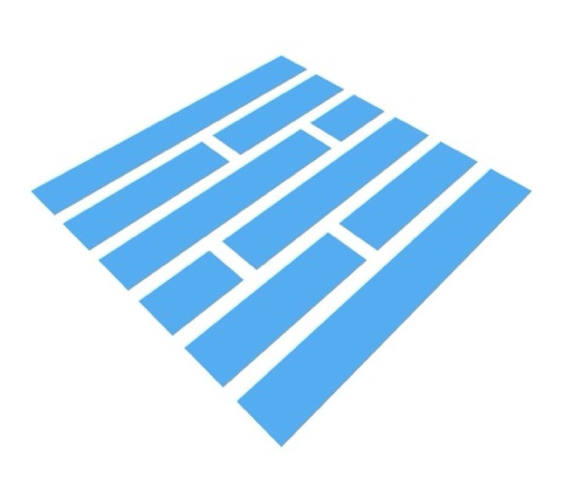Apache Parquet
- Apache Parquet: Overview
- Apache Parquet: Facts and Information
- Apache Parquet: Tutorial and Course
- Apache Parquet: References

Tutorial and Course for Apache Parquet by SEO University, including facts and information about Apache Parquet.
Apache Parquet: Overview
Tutorial and Course for Apache Parquet is the ultimate SEO tutorial and course created by SEO University to help you to learn and understand Apache Parquet and other related technologies.
Apache Parquet: Facts and Information
Apache Parquet is a columnar storage format that can efficiently store nested data.
Apache Parquet: Tutorial and Course
Apache Parquet is a columnar storage format that can efficiently store nested data.
Columnar formats are attractive since they enable greater efficiency, in terms of both file size and query performance. File sizes are usually smaller than row-oriented equivalents since in a columnar format the values from one column are stored next to each other, which usually allows a very efficient encoding. A column storing a timestamp, for example, can be encoded by storing the first value and the differences between subsequent values (which tend to be small due to temporal locality: records from around the same time are stored next to each other). Query performance is improved too since a query engine can skip over columns that are not needed to answer a query.
A key strength of Parquet is its ability to store data that has a deeply nested structure in true columnar fashion. This is important since schemas with several levels of nesting are common in real-world systems. Parquet uses a novel technique for storing nested structures in a flat columnar format with little overhead, which was introduced by Google engineers in the Dremel paper. The result is that even nested fields can be read independently of other fields, resulting in significant performance improvements.
Another feature of Parquet is the large number of tools that support it as a format. The engineers at Twitter and Cloudera who created Parquet wanted it to be easy to try new tools to process existing data, so to facilitate this they divided the project into a specification (parquet-format), which defines the file format in a language-neutral way, and implementations of the specification for different languages (Java and C++) that made it easy for tools to read or write Parquet files. In fact, most of the data processing components understand the Parquet format (such as MapReduce, Pig, Hive, Cascading, Crunch, and Spark). This flexibility also extends to the in-memory representation: the Java implementation is not tied to a single representation, so you can use in-memory data models for Apache Avro, Thrift, or Protocol Buffers to read your data from and write it to Parquet files.
Apache Parquet: References
- On-Page SEO
- Off-Page SEO
- Website Performance Optimization
- SEO Tutorials and Courses
- SEO Books and eBooks
- SEO Glossary and Dictionary
- Hadoop: The Definitive Guide

